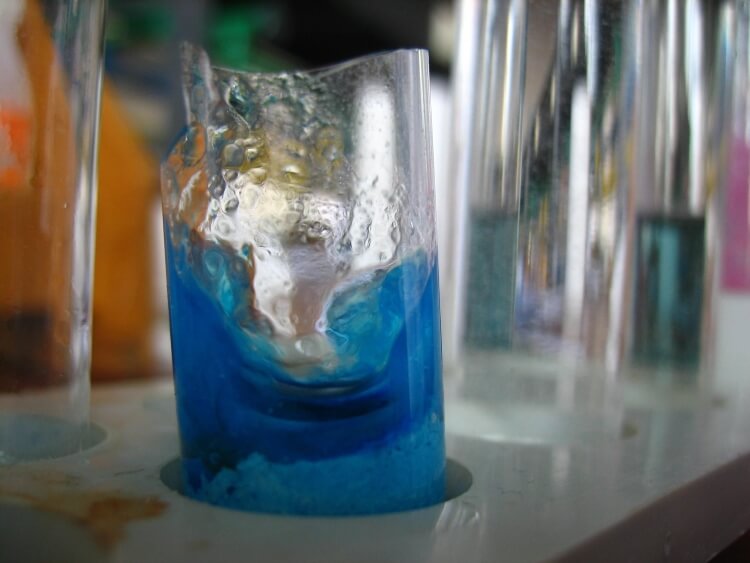3h
Guinea pig MCP1(Monocyte Chemotactic Protein 1) ELISA Kit
Guinea pig MCP1(Monocyte Chemotactic Protein 1) ELISA Kit
6.8pg/mL
Sandwich
1000pg/mL
15.6-1000pg/mL
Cytokine;Tumor immunity;Infection immunity;
ELISA Enzyme-linked immunosorbent assays Code 90320007 SNOMED
Pigs and the smaller guinea pigs are frequent used as models for humans.
E05 478 566 350 170 or Enzyme-Linked Immunosorbent Assays,E05 478 566 350 170 or Enzyme-Linked Immunosorbent Assays
CCL2; GDCF2; HC11; HSMCR30; MCAF; MCP1; SCYA2; SMC-CF; Chemokine C-C-Motif Ligand 2; Monocyte Chemotactic And Activating Factor; Monocyte Secretory Protein JE
Guinea pig ELISA kits for plasma and sera samples are used to study human genes through the guinea pig model (Cavia porcellus), also called the cavy rodent model. After mouzes and rats Guinea pigs are easy in maintained laboratory animals. cDNAs of Guinea pigs are also very popular.
The test principle applied in this kit is Sandwich enzyme immunoassay. The microtiter plate provided in this kit has been pre-coated with an antibody specific to Monocyte Chemotactic Protein 1 (MCP1). Standards or samples are then added to the appropriate microtiter plate wells with a biotin-conjugated antibody specific to Monocyte Chemotactic Protein 1 (MCP1). Next, Avidin conjugated to Horseradish Peroxidase (HRP) is added to each microplate well and incubated. After TMB substrate solution is added, only those wells that contain Monocyte Chemotactic Protein 1 (MCP1), biotin-conjugated antibody and enzyme-conjugated Avidin will exhibit a change in color. The enzyme-substrate reaction is terminated by the addition of sulphuric acid solution and the color change is measured spectrophotometrically at a wavelength of 450nm ± 10nm. The concentration of Monocyte Chemotactic Protein 1 (MCP1) in the samples is then determined by comparing the O.D. of the samples to the standard curve.
